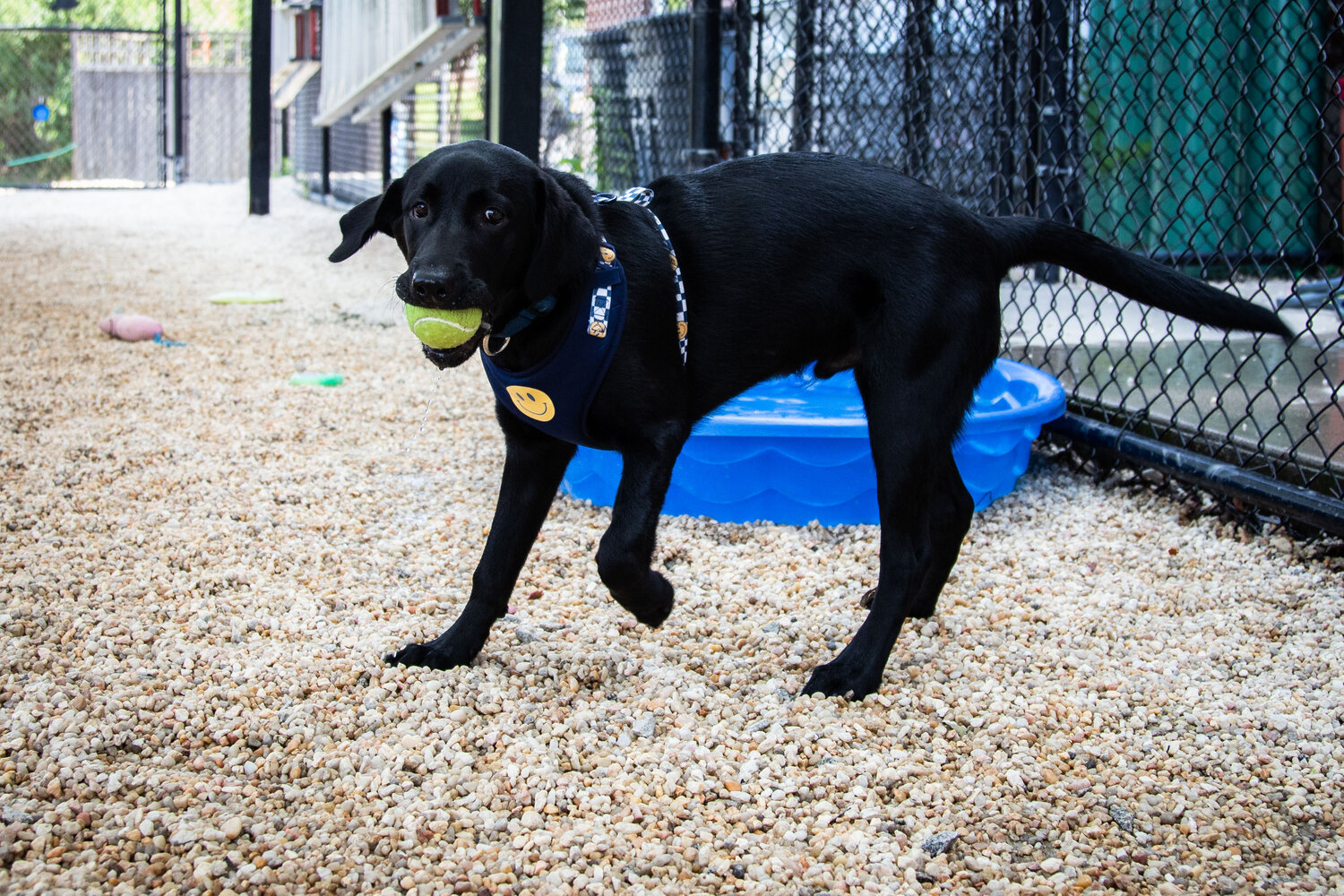Lexington County now requires dogs to be microchipped
New animal control regulations recently approved by Lexington County Council will require pet owners to have microchips injected into their dogs.
This item is available in full to subscribers.
Subscribe to continue reading. Already a subscriber? Sign in
Get 50% of all subscriptions for a limited time. Subscribe today.
Please log in to continueNeed an account?
|
Lexington County now requires dogs to be microchipped
New animal control regulations recently approved by Lexington County Council will require pet owners to have microchips injected into their dogs.
But there’s no rush, according to Lexington County Councilman Todd Cullum.
“It’s going to take about a year to get the word out,” Cullum said.
In an interview with the Chronicle, Cullum said there would be exceptions for dogs with health issues, but a veterinarian would have to approve them.
Previously, pet owners in Lexington County were only required to attach an identification tag to the dog’s collar.
The microchip contains a unique identification number that can be scanned by animal shelters, veterinarians and other pet-related organizations to retrieve the identification of the owner. Lost pets could immediately be returned to their owners.
While it may sound scary, it’s a fairly simple process, according to Brittany Jones, chief officer of Lexington County’s Animal Control Center. She said the injection “only takes a few seconds” and involves a tiny chip that does not impose much pain. She said the county’s shelters can provide the implant for a cost of $10.
A microchip is a small, electronic chip enclosed in a glass cylinder that is about the same size as a grain of rice that is injected under the pet’s skin using a hypodermic needle. It is no more painful than a typical injection, although the needle is slightly larger.
County officials say it’s an important procedure to use at shelters where stray and lost pets often show up after being found wandering around. These pets could wind up being euthanized unless they are able to go through an adoption process.
The ordinance states: “Every owner/custodian is required to see that an identification tag is securely fastened to his or her dog’s collar or harness or see that a microchip registered with the owner’s name, phone number, and address has been implanted in the dog. An identification tag that clearly indicates the name and phone number of the owner can be placed on the dog, although it will not substitute for a microchip.”
The new regulations were first proposed by the council’s Health & Human Services Committee at a meeting in August of last year. It’s one of several actions designed to reduce the number of animals now being kept in the county’s animal shelter. The shelter was housing between two and three times more than its capacity.
In addition to providing identification measures for lost dogs, the new ordinance also targets “backyard breeders” that are causing an over-population in the county’s shelter. The new ordinance would impose restrictions on who is allowed to breed, and limit the number of kittens and puppies that are brought into the shelter.
Officials say backyard breeders “seeking quick money” are part of the problem because they are not breeding in accordance with health conditions, temperament and breed standards.
Jones told the Chronicle she is very pleased with the new ordinance.
“I do feel like it will help a lot,” she said.
Other items that may interest you







Comments
No comments on this item Please log in to comment by clicking here